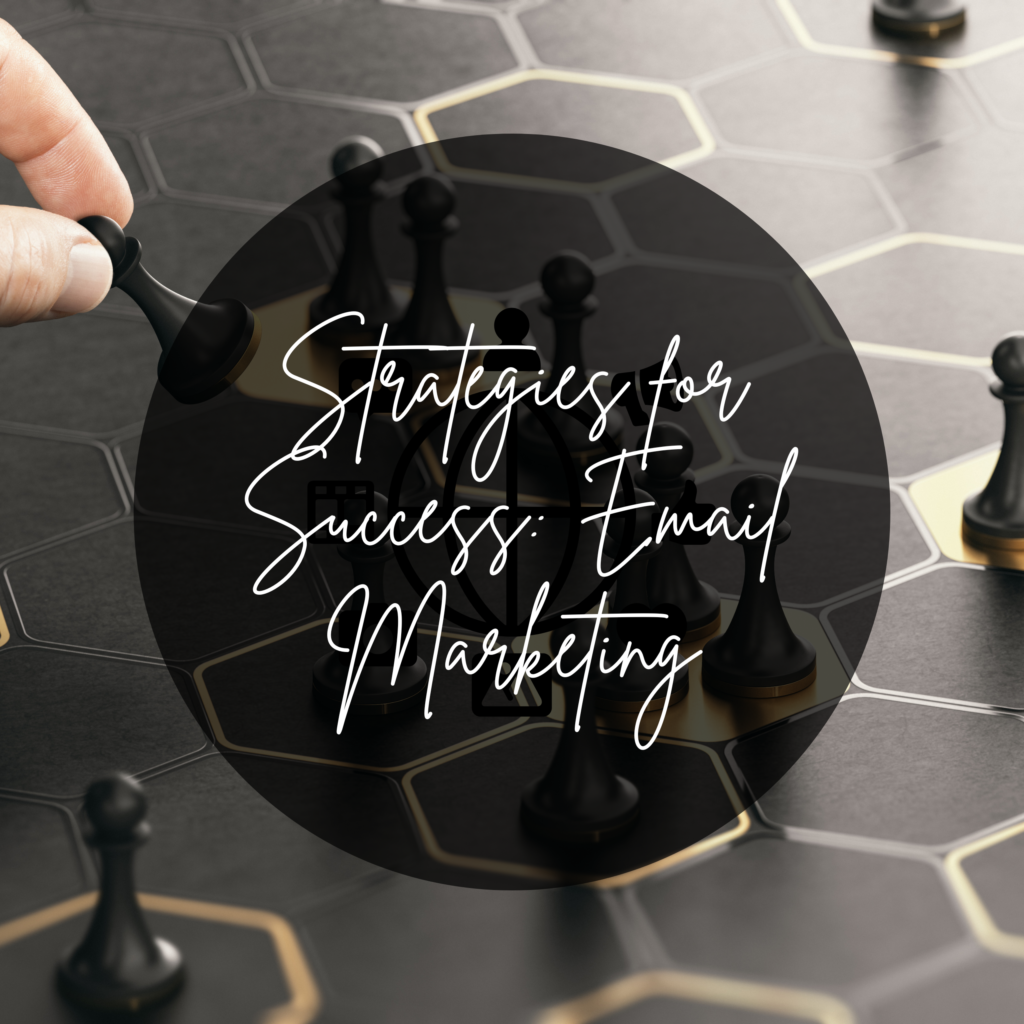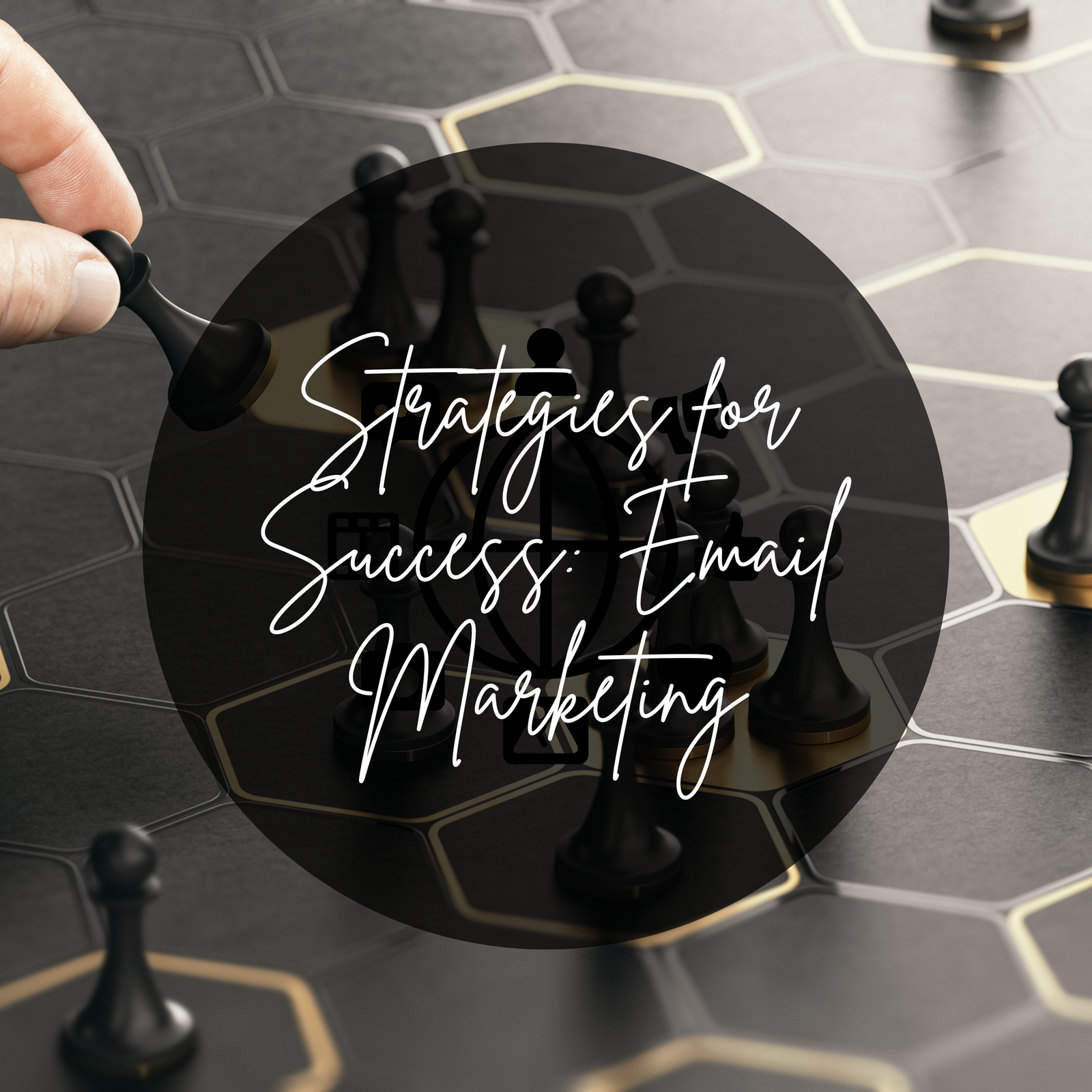
Picture this: You’ve just launched a brand-new product, and you’re excited to share it with your audience. You craft a beautifully designed email, hit send, and wait for the orders to start rolling in. But instead of a flood of responses, you get…crickets. Sound familiar? It’s a scenario many marketers face when their email strategy isn’t quite hitting the mark.
Email marketing isn’t just about sending out the occasional newsletter or promotional offer—it’s about creating a well-thought-out strategy that connects with your audience on a personal level. Today, I’m going to walk you through the key elements of developing an effective email marketing strategy, so you can turn those crickets into conversions.
Know Your Audience: Segmentation is Key
Understanding your audience is the foundation of any successful email marketing campaign. If you’re sending the same generic email to everyone on your list, you’re missing out on the opportunity to connect with your subscribers in a meaningful way. Segmentation allows you to divide your email list into smaller, more targeted groups based on factors like demographics, purchase history, or engagement levels.
When you tailor your content to these segments, your emails become more relevant to each recipient. For example, a loyal customer who frequently purchases from your brand might appreciate early access to a new product, while a subscriber who hasn’t engaged in a while could benefit from a re-engagement campaign. The more you know about your audience, the better you can serve them—and the better your email marketing results will be.
Craft Compelling Subject Lines: Your First Impression Matters
Your subject line is the gatekeeper of your email—if it doesn’t grab attention, your carefully crafted message may never see the light of day. A compelling subject line should be clear, concise, and spark curiosity or offer value. Think of it as a sneak peek into what your email has to offer.
There are a few tricks to creating irresistible subject lines. Personalization, such as including the recipient’s name, can make your email stand out in a crowded inbox. Using numbers or lists can also be effective (e.g., “5 Tips for Boosting Your Open Rates”). And don’t forget about A/B testing; by experimenting with different subject lines, you can see what resonates best with your audience and refine your approach over time.
Focus on Value-Driven Content: It’s Not About You
One of the biggest mistakes in email marketing is making it all about your brand. Your subscribers don’t want to hear how great you are—they want to know what’s in it for them. That’s why it’s essential to focus on value-driven content that addresses their needs, solves their problems, or entertains them.
Think about the challenges your audience faces and how your products or services can help. Educational content, such as tips, tutorials, or industry insights, can position you as a trusted resource. Exclusive offers, discounts, or free resources can also provide value and keep your subscribers engaged. Remember, when your emails consistently deliver value, your subscribers will be more likely to open and act on them.
Timing is Everything: Find the Perfect Send Time
Timing can significantly impact the success of your email campaigns. Sending an email at the right time ensures that it lands in your subscriber’s inbox when they’re most likely to open and read it. However, finding the perfect send time isn’t always straightforward—it can vary based on your audience’s habits, industry, and even time zones.
To discover the optimal send time for your emails, start by analyzing your past campaigns. Look at open and click-through rates to see if there’s a pattern in the times and days when your audience is most active. Testing different times and days can also help you fine-tune your timing. And don’t forget about automation—setting up triggered emails based on specific actions, like a welcome email for new subscribers, can ensure your messages arrive at the right moment.
Analyze and Optimize: The Power of Data
Your email marketing strategy should never be static. To achieve long-term success, you need to regularly analyze your campaign performance and optimize based on the data. Key metrics like open rates, click-through rates, conversion rates, and unsubscribe rates can provide valuable insights into what’s working and what’s not.
Use these insights to make data-driven decisions about your strategy. For example, if you notice that a particular type of content consistently performs well, consider incorporating more of it into your emails. On the flip side, if your unsubscribe rates are rising, it might be time to re-evaluate your content or segmentation approach. Continuous improvement is the name of the game in email marketing.
Takeaway
Developing an effective email marketing strategy takes time, effort, and a willingness to experiment. But with the right approach, it can become one of your most powerful tools for building relationships with your audience and driving business growth. By knowing your audience, crafting compelling subject lines, focusing on value-driven content, perfecting your timing, and continuously analyzing your results, you’ll be well on your way to email marketing success.
So, the next time you hit “send,” you can do so with confidence, knowing that your strategy is designed to connect, engage, and convert. Happy emailing!

